| Syed Junaid
Workflows are used to automate business process that do not require user interaction. Each workflow has some triggering condition and some actions to perform when that trigger occurs.
Workflows can be of two types:
- Real-time workflows: Workflows that run synchronously.
- Background workflows: Workflows that run asynchronously.
In order to create a workflow, follow these steps:
- a. Navigate to https://make.powerapps.com/ and select the correct environment.
- b. Go to the solution you want to create a workflow.
- c. Switch to classic interface
- d. Create a new process.
- e. Fill the required fields.
- 1. Process Name: Select a meaningful name.
- 2. Category: Select Workflow
- 3. Entity: Select the entity you want to create a workflow on
- f. Set configuration of your workflow and activate it.
- 1. Start When: Select the triggers upon which you want to start your workflow.
- 2. Add Steps: Add steps to build your business logic.
- 3. Available to Run: Select options for your business needs.
- i. Run this workflow as background: If you want your workflow to run in the background.
- ii. As an on-demand process: If you want to start your workflow manually.
- iii. As a child process: If you want to start your workflow from another workflow.
- 4. Scope: Set the scope of your workflow according to owned entities
- 5. Convert into real-time workflow: Converts it into synchronous workflow.
- 6. Activate: Activates the workflow in order to listen to selected trigger and perform actions.
- 7. Process Sessions: Can view the previous and ongoing runs of current workflow.
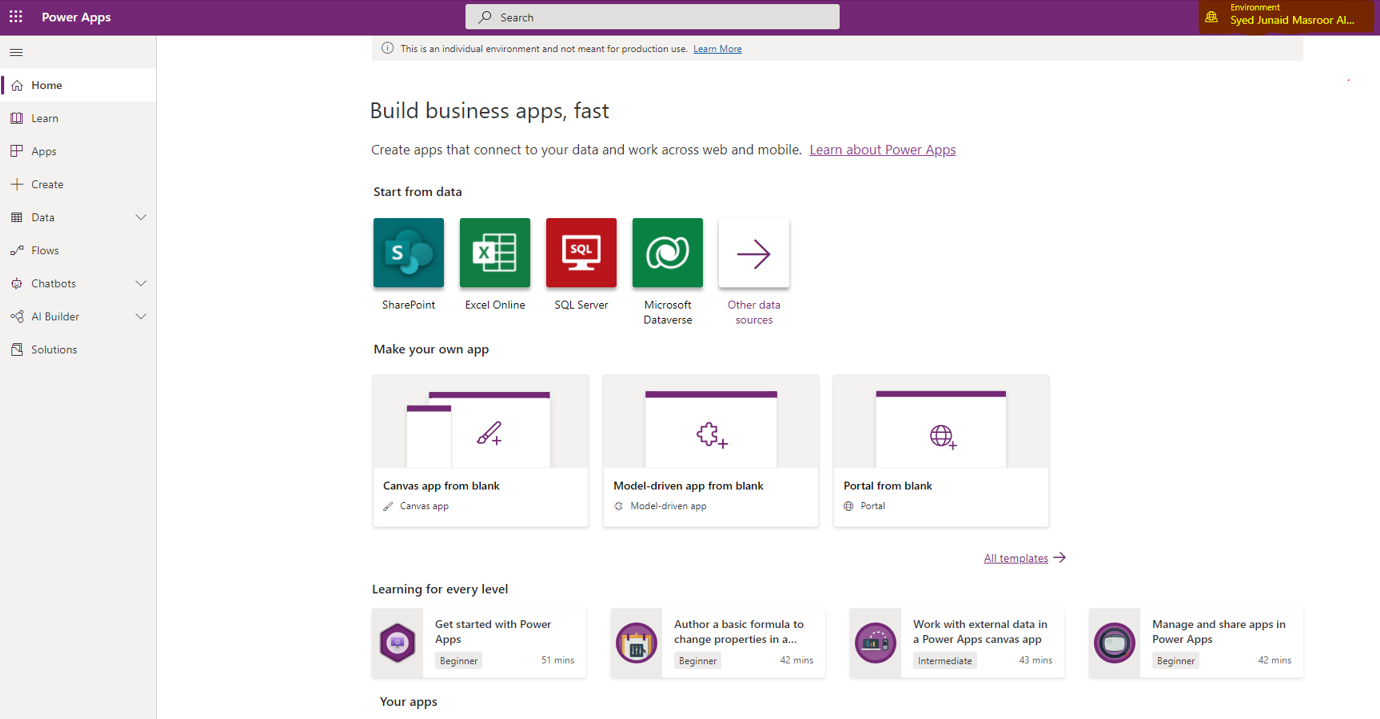

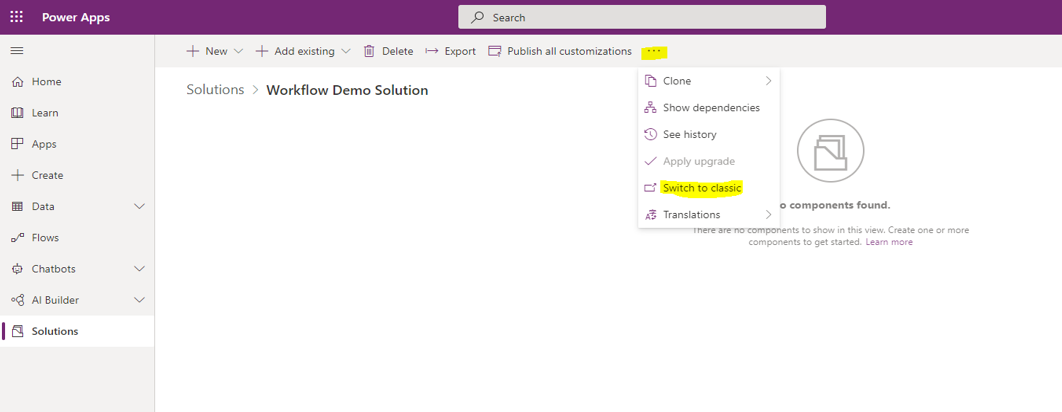
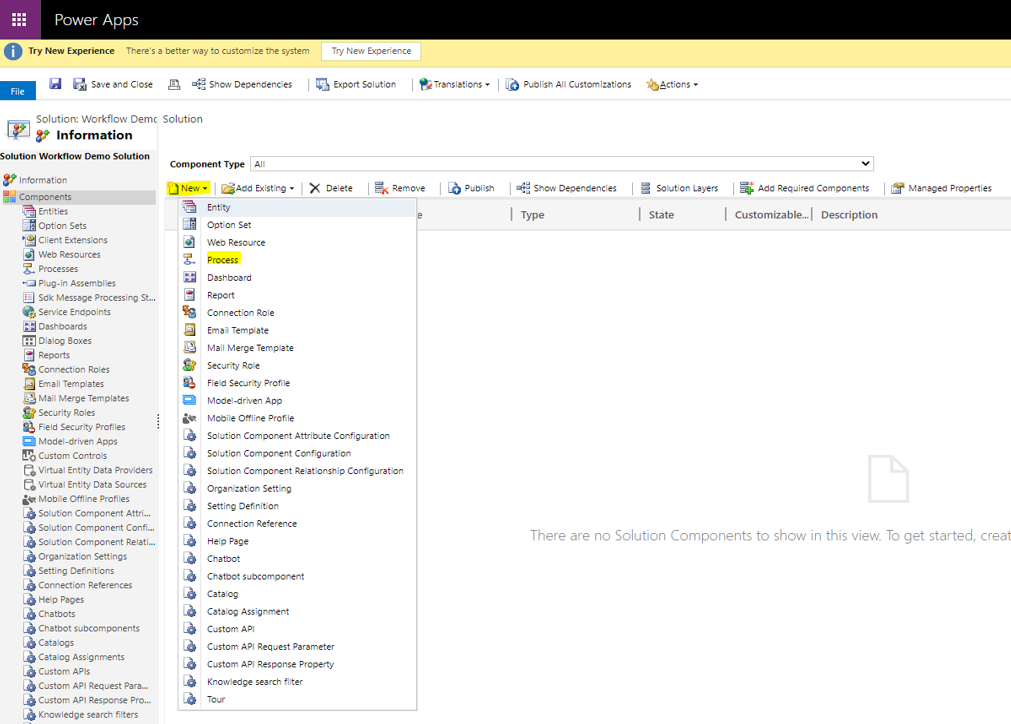
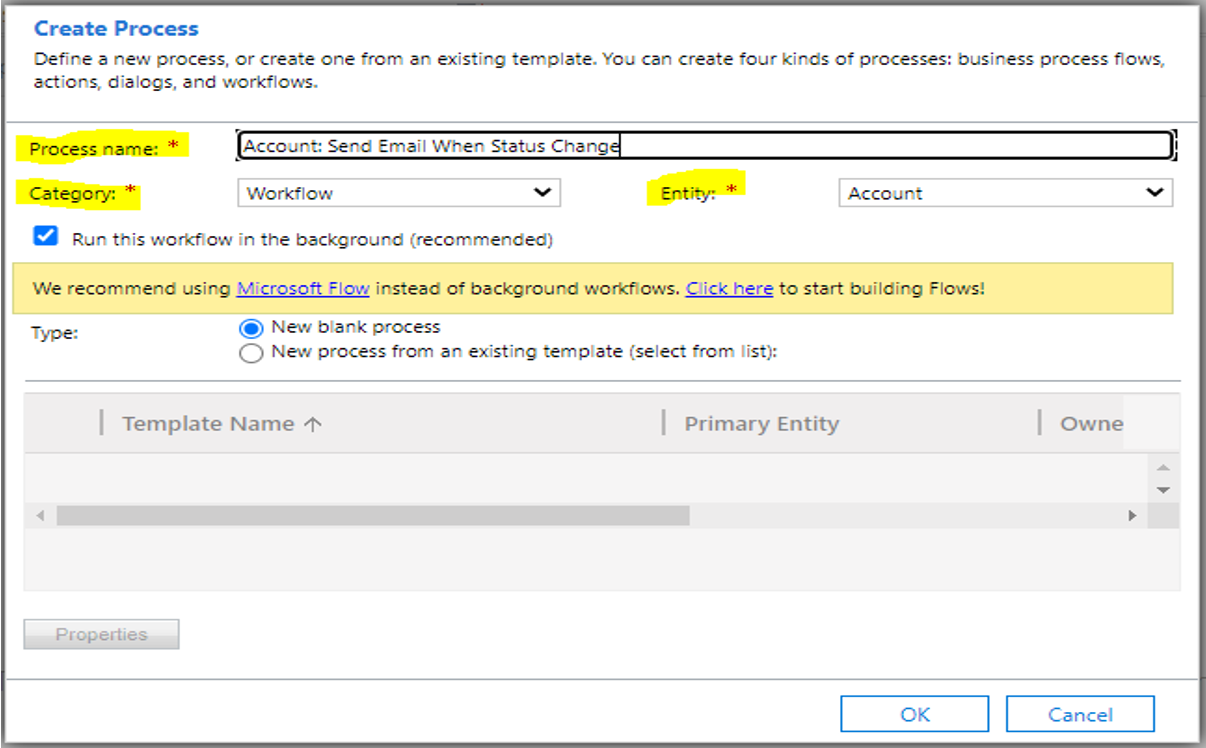
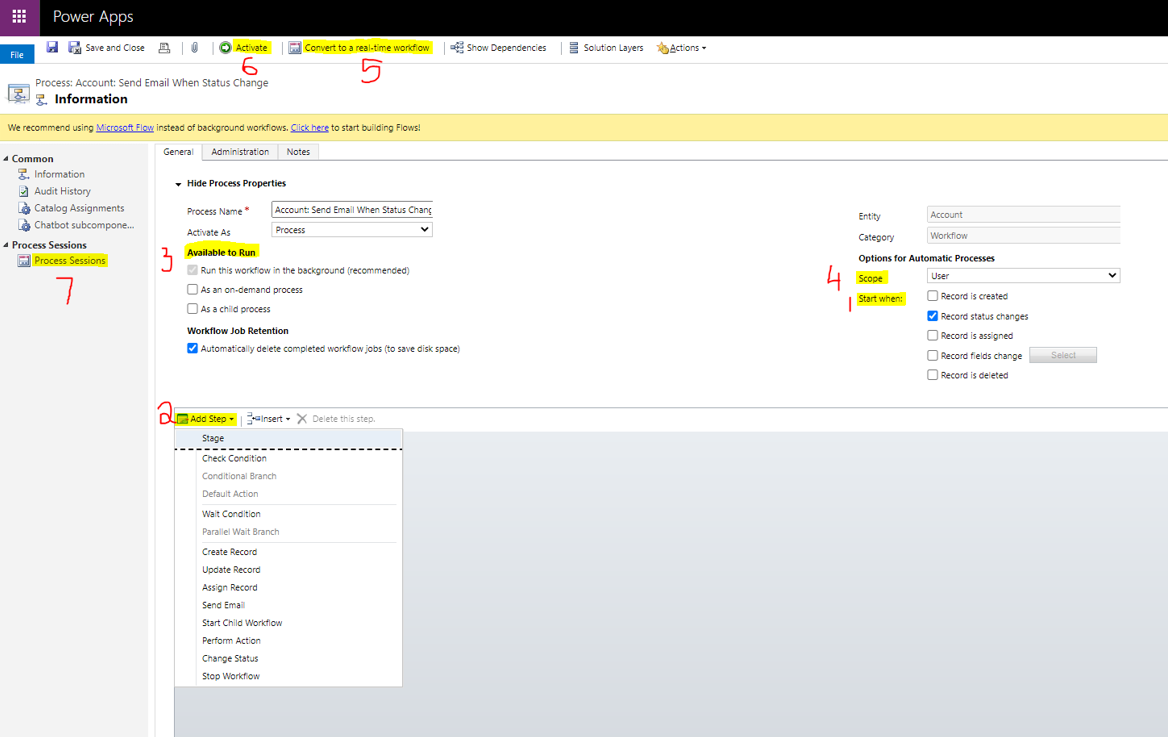
Click here to learn more about Imperium's Dynamics Services.

